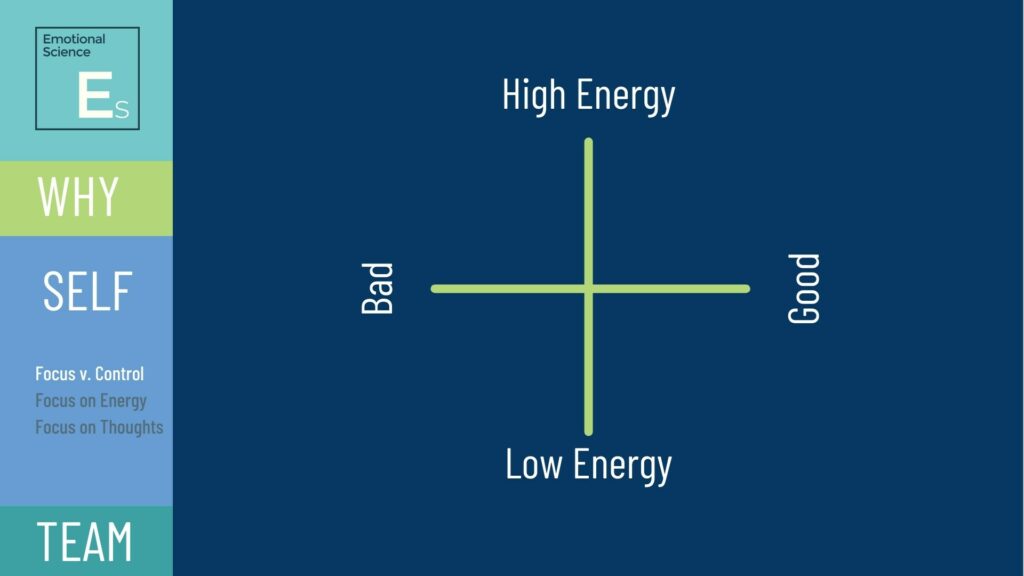
Key Takeaways
- Emotional granularity, a critical aspect of emotional intelligence, involves the precise identification and expression of emotions, contributing to improved workplace communication, decision-making, and conflict resolution.
- Organizations that emphasize emotional granularity can enhance employee satisfaction and drive innovation by nurturing varied emotional experiences and perspectives.
- Enhancing emotional granularity positively impacts key business metrics such as engagement, productivity, work quality, and retention, fostering a healthier organizational culture and improved business outcomes.
Understanding Emotional Granularity
In today’s dynamic and often stressful work environment, understanding and managing emotions is crucial for fostering a productive and healthy business culture. Emotional granularity, a concept pioneered by Lisa Feldman Barrett, refers to the ability to precisely identify and differentiate between various emotions. Individuals with high emotional granularity can distinguish subtle differences in their emotional experiences, leading to better emotional regulation and overall well-being. Barrett’s research has shown that individuals with higher emotional granularity experience fewer negative health outcomes and are better equipped to handle stress and emotional challenges.
Simply put, emotional granularity allows people to label their feelings with a high degree of precision. For instance, instead of just feeling “bad,” a person with high emotional granularity might recognize that they feel “disappointed” or “frustrated.” This precise labeling helps individuals address their emotions more effectively, leading to improved mental health and interpersonal relationships.
The Emotional Circumplex Model

James Russell’s Emotional Circumplex model provides a two-dimensional framework for understanding emotions, categorizing them based on two key dimensions: valence (positive or negative thoughts) and arousal (physical energy). Valence indicates whether an emotion is pleasant or unpleasant, while arousal refers to the level of physical energy associated with the emotion.
For example, emotions such as excitement and anxiety are high in physical energy, while contentment and sadness are low in physical energy. Similarly, happiness and anger have positive and negative thoughts, respectively. By plotting emotions on this circumplex, individuals and organizations can better understand the range and complexity of emotional experiences.
Integrating Emotional Granularity and the Emotional Circumplex in Business Culture
Combining emotional granularity with the Emotional Circumplex model offers a comprehensive approach to managing emotions in the workplace. This integration enhances emotional awareness, improves communication, and aligns emotional understanding with organizational goals and values.

Join Randal on a fast class journey into emotional science and how it plays an important part in the workplace. Fill out this form to start your free Culture Science Fast Class now, a $25 value only available now.
Enhanced Emotional Awareness
Through enhanced emotional awareness, employees can better understand their own and others’ emotions, leading to improved self-regulation and empathy. A nuanced understanding of emotions helps in identifying and addressing underlying issues before they escalate.
Improved Conflict Resolution
Increased emotional intelligence provides the framework for clear and improved communication. Better communication leads to faster conflict resolution. Clarity in the workplace reduces misunderstandings and fosters a more collaborative environment. Employees are better equipped to navigate conflicts and provide constructive feedback.
Alignment with Larger Values and Goals
Emotional granularity and the circumplex model help align employees’ emotional states with the organization’s mission and values. Leaders can create a supportive environment that encourages emotional expression and innovation. When leaders view mistakes as learning opportunities, it helps manage fear of failure and reduces anxiety related to making errors. Leaders who model emotional granularity create a supportive environment where employees feel valued.
Key Principles for Developing Better Emotional Granularity
- Encourage Detailed Emotional Expression: Promoting a culture where employees are encouraged to express their emotions in specific terms is essential for developing emotional granularity. When employees articulate their emotions precisely, it fosters deeper understanding and better emotional regulation. For example, instead of saying “I’m stressed,” employees might say “I’m feeling overwhelmed because of the tight deadlines.” This specificity helps identify the exact cause of stress and address it effectively. Research supports this model—studies have shown that individuals who express their emotions with high granularity are better at coping with stress and have higher overall well-being.
- Implement Training Programs: Training programs focused on emotional intelligence and granularity can significantly enhance employees’ ability to identify and manage their emotions. These programs can include workshops, role-playing scenarios, and interactive sessions that practice identifying and articulating emotions. When employees are provided scenarios through role-playing, they can practice responding to various emotional situations, helping them build the skills needed for high emotional granularity. Research indicates that training programs that enhance emotional granularity lead to better emotional regulation and reduced burnout, contributing to a healthier work environment.
- Leverage Technology for Emotional Feedback: Using tools and apps that help employees track and label their emotions can provide valuable insights and promote emotional awareness. The ability to monitor emotions throughout the day with mood tracking apps provides data that can be used to identify patterns and address issues proactively. Surveys can prompt employees to reflect on their emotional states, and regular check-ins foster an atmosphere of support. Companies that use mood tracking apps report higher engagement and satisfaction among employees, as these tools facilitate better emotional communication and support.
Business Outcomes
- Increased Engagement: Higher emotional granularity leads to better emotional regulation, which in turn fosters higher engagement. Employees who can accurately identify and address their negative emotions are less likely to disengage from their work. One study found that employees with high emotional granularity reported higher levels of engagement and satisfaction in their roles, as they were better equipped to handle workplace stressors.
- Increased Productivity: Clear emotional communication reduces misunderstandings and conflicts, leading to a more efficient work environment. Teams with high emotional granularity report fewer conflicts and higher collaborative productivity. Research shows that teams with high emotional granularity have improved communication and collaboration, resulting in higher productivity and better project outcomes.
- Improved Quality: Employees who understand and manage their emotions well are more likely to produce high-quality work. Emotional granularity helps individuals focus and maintain a positive attitude, contributing to better performance. Studies have demonstrated that emotionally aware employees make fewer errors and exhibit higher creativity, enhancing the quality of their work.
- Improved Retention: A workplace that values emotional granularity and clear emotional communication fosters a supportive culture, leading to higher retention rates. Employees feel more valued and understood, reducing turnover. Companies with emotionally granular cultures report lower turnover and higher employee satisfaction, as employees feel more connected and engaged with their work and colleagues.
Success Stories: Patagonia and Uber
Patagonia: A Success Story in Emotional Granularity
Patagonia, the outdoor apparel company, is renowned for its strong company culture and commitment to employee well-being. This success can be partially attributed to its emphasis on emotional granularity and clear emotional communication within its teams.
During a challenging period when Patagonia shifted to more sustainable materials, leadership recognized the potential for burnout and disengagement. They implemented strategies to enhance emotional granularity, including workshops and training sessions that helped employees articulate their emotions more precisely. Managers maintained open channels of communication, regularly checking in with their teams and providing a safe space for emotional expression.
These practices led to positive outcomes: employees felt understood and supported, resulting in increased engagement and productivity. With clearer emotional communication, teams addressed issues effectively, leading to higher quality products that met new sustainability standards.
Uber: The Consequences of Ignoring Emotional Granularity
Uber, the ride-sharing giant, experienced significant turmoil in 2017 due to a toxic corporate culture. The lack of emotional granularity among leadership and employees played a pivotal role. The company’s high-pressure environment led to widespread stress and dissatisfaction, with reports of harassment and unethical practices revealing deep-seated issues.
Leadership at Uber failed to recognize and address the specific emotions of employees, lacking effective channels for emotional communication. Employees often suppressed their negative emotions, leading to disengagement and a toxic culture. This ultimately resulted in high turnover, damaged reputation, and a leadership crisis, highlighting the importance of emotional granularity in workplace success.
Conclusion
Integrating emotional granularity and the Emotional Circumplex model into business culture offers significant benefits for organizations. By fostering a nuanced understanding of emotions and promoting clear emotional communication, business leaders can enhance engagement, productivity, quality, and retention. Encouraging detailed emotional expression, implementing training programs, and leveraging technology for emotional feedback are key strategies for developing emotional granularity.
As businesses navigate complex and often stressful environments, managing emotions effectively is essential for long-term success. By adopting these practices, organizations can create a more supportive, productive, and emotionally intelligent workplace, ultimately leading to success and well-being. Embracing emotional granularity is not just about improving the bottom line; it’s about creating a work environment where everyone can thrive.
